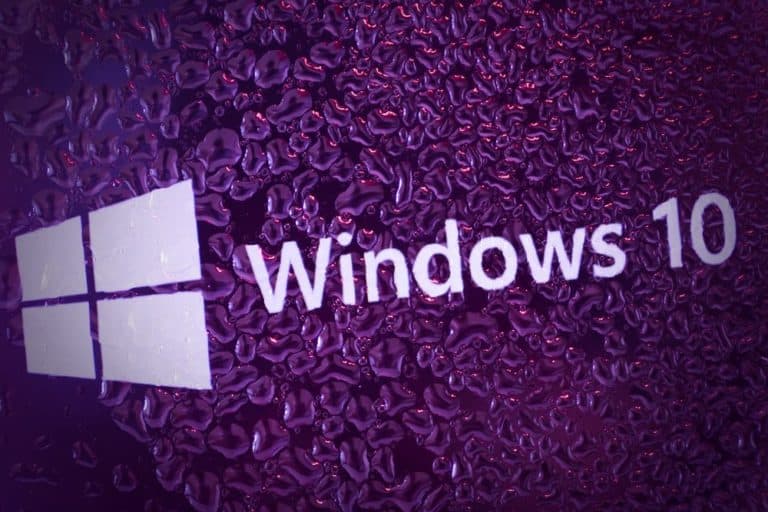Redmond wants to crack down on those abusing the program.
Microsoft has announced that they will be reducing the length of their Long Term Servicing Channel (LTSC) version of Windows 10 Enterprise. Specifically, they plan to shorten the period of coverage from ten years to only five. The cut in coverage will start with the next LTSC release, Windows 10 21H2. That release would normally come in the second half of 2021.
About Windows 10 LTSC
First, Microsoft introduced Windows 10 “as a service”. This was a method of continually providing new features and capabilities through regular feature updates. Microsoft releases Semi-Annual Channel versions of Windows, such as versions 20H2 and 21H1, twice per year.
In addition to Semi-Annual Channel releases of Windows 10 Enterprise, Microsoft also developed a Long Term Servicing Channel for Windows. Microsoft called this service Windows 10 Enterprise LTSC. There was an Internet of Things (IoT) version, Windows 10 IoT Enterprise LTSC. Each of these products had a 10-year support lifecycle.
LTSC aimed to help enterprises by supporting mission-critical systems that can’t or shouldn’t get regular updates. Windows 10 Enterprise LTSC was for specialty devices and scenarios. That meant devices that simply cannot accept changes or connect to the cloud, but still require a desktop experience.
That means that information workers should not have LTSC licenses for their desktops.
Many companies have been abusing the program, however. They have been using LTSC as a way to avoid the twice yearly feature updates.The grand viziers in Redmond have decided to put a stop to that practice.
LTSC keeps a 10 year life for IoT
Joe Lurie, Sr. Product Manager for Microsoft 365, announced the LTSC change in blog post this week. “Windows 10 Client LTSC will change to a 5-year lifecycle, aligning with the changes to the next perpetual version of Office,” he writes.
The version of TSC that applies to the Internet of Things gets to keep its 10 year life. “This change is only being announced for Office LTSC and Windows 10 Enterprise LTSC,” Lurie states.
Lurie justifies the change by claiming that customers are already OK with the shortened life cycle in some cases. “We have found that many who previously installed an LTSC version for information worker desktops have found that they do not require the full 10-year lifecycle,” he says.
“Where scenarios do require 10 years of support, we have found in our conversations that these needs are often better solved with Windows 10 IoT Enterprise LTSC.”
